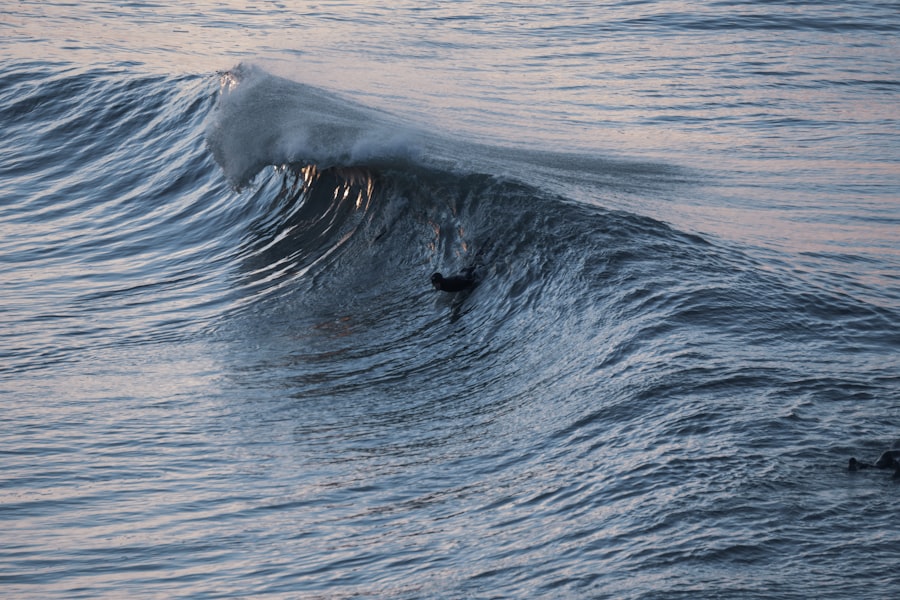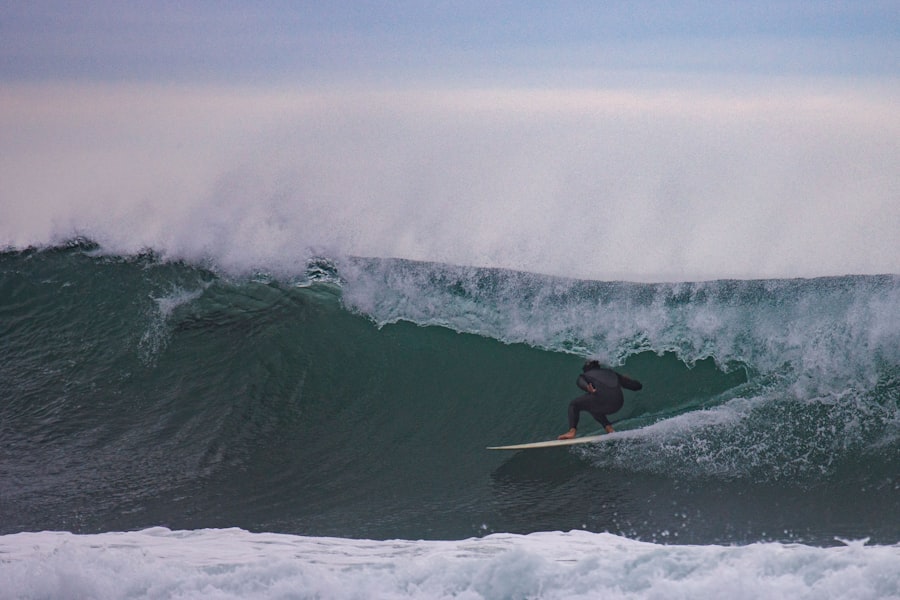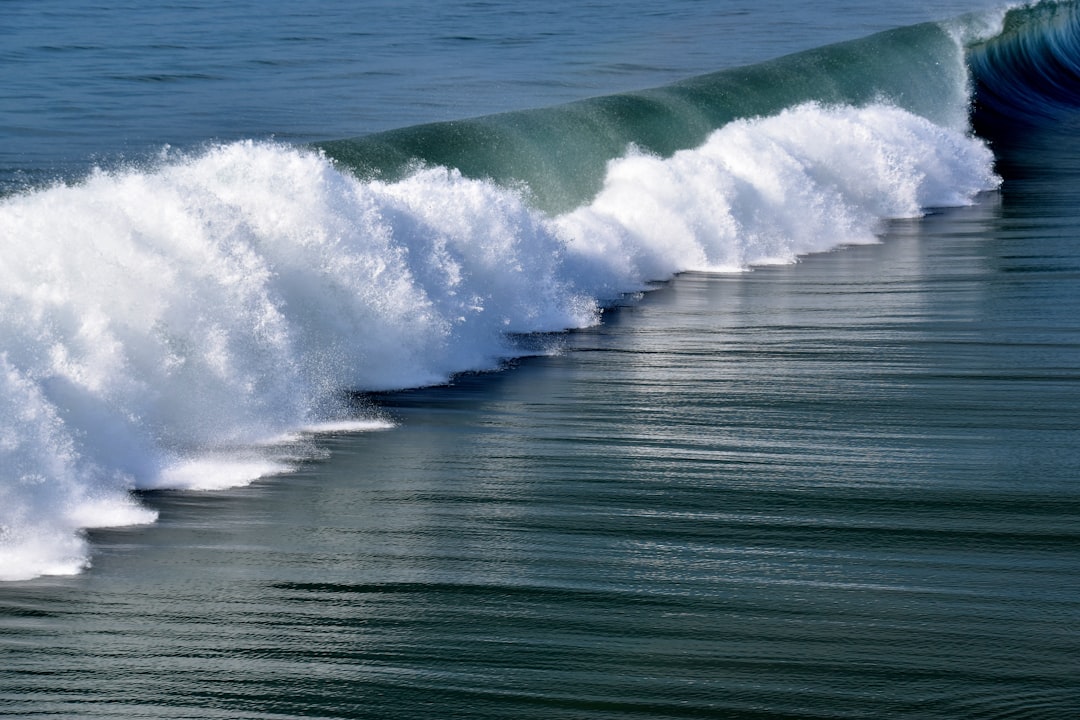The Drake Passage, a body of water located between the southern tip of South America and Antarctica, is renowned for its tumultuous seas and unpredictable weather patterns. This narrow stretch of ocean, measuring approximately 800 kilometers (500 miles) wide, serves as a critical conduit for maritime traffic between the Atlantic and Pacific Oceans. Its unique geographical position contributes to its reputation as one of the most challenging maritime routes in the world.
The Drake Passage is characterized by its strong currents and the convergence of various oceanic systems, which can lead to extreme weather conditions. The infamous “screaming fifties” winds, which are prevalent in this region, can whip up waves that reach staggering heights.
Mariners venturing into these waters must possess a deep understanding of the passage’s dynamics, as the combination of wind, current, and geography creates a unique environment that can change rapidly. This understanding is crucial not only for navigation but also for ensuring the safety of vessels and their crews.
Key Takeaways
- The Drake Passage is a narrow stretch of water between South America’s Cape Horn and the South Shetland Islands of Antarctica, known for its challenging maritime conditions.
- Average wave heights are crucial for understanding the potential impact of waves on ships, structures, and coastal areas, and for planning maritime operations.
- Factors affecting wave heights include wind speed, duration, and fetch, as well as the presence of storms, tides, and ocean currents.
- Historical data on wave heights helps in understanding long-term trends, variability, and extreme events, and in developing effective strategies for maritime operations.
- Average wave heights vary in different seasons, with higher waves typically occurring during the winter months in the Southern Hemisphere.
Importance of Average Wave Heights
Average wave heights in the Drake Passage are a critical factor for sailors and maritime operators. These measurements provide essential data that can influence route planning, vessel selection, and overall safety during voyages. Understanding average wave heights allows mariners to anticipate conditions they may encounter, enabling them to make informed decisions about when to set sail or whether to alter their course.
The significance of this data cannot be overstated, as it directly impacts the comfort and safety of those on board. Moreover, average wave heights serve as a benchmark for assessing the potential risks associated with navigating the Drake Passage. High wave heights can lead to dangerous situations, including capsizing or structural damage to vessels.
By monitoring these averages, maritime professionals can better prepare for adverse conditions and implement strategies to mitigate risks. This proactive approach not only enhances safety but also contributes to more efficient maritime operations in one of the world’s most challenging environments.
Factors Affecting Wave Heights

Several factors contribute to the wave heights experienced in the Drake Passage, each playing a significant role in shaping the maritime landscape. Wind speed and direction are perhaps the most influential elements; strong winds can generate larger waves, while shifts in wind patterns can lead to sudden changes in sea conditions. Additionally, the geography of the passage itself—characterized by its narrow width and deep waters—can amplify wave heights as swells are funneled through this constricted area.
Another critical factor is the presence of ocean currents, particularly the Antarctic Circumpolar Current, which flows through the Drake Passage. This powerful current interacts with wind patterns and can create complex wave formations. Seasonal variations also play a role; during certain times of the year, storms are more frequent and intense, leading to higher average wave heights.
Understanding these factors is essential for mariners who must navigate this unpredictable environment safely.
Historical Data on Wave Heights
| Date | Wave Height (meters) |
|---|---|
| 01/01/2021 | 2.5 |
| 01/02/2021 | 3.2 |
| 01/03/2021 | 2.8 |
| 01/04/2021 | 3.5 |
Historical data on wave heights in the Drake Passage provides valuable insights into long-term trends and patterns that can inform current navigation practices. Over the years, researchers have collected extensive data on wave heights, allowing for a comprehensive understanding of how conditions have evolved. This historical perspective is crucial for identifying potential changes in weather patterns due to climate change, which may further impact wave behavior in this already volatile region.
By analyzing historical wave height data, maritime experts can identify periods of increased risk and develop strategies to mitigate potential hazards. For instance, if historical records indicate that certain months consistently experience higher wave heights, mariners can adjust their schedules accordingly. This data-driven approach not only enhances safety but also contributes to more efficient maritime operations by allowing vessels to avoid particularly treacherous conditions.
Average Wave Heights in Different Seasons
The average wave heights in the Drake Passage vary significantly across different seasons, reflecting the dynamic nature of this maritime environment. During the summer months, typically from December to February in the Southern Hemisphere, wave heights tend to be lower on average due to more stable weather patterns. However, even during this period, sudden storms can arise, leading to unexpected increases in wave heights that can catch mariners off guard.
Conversely, winter months from June to August often bring more severe weather conditions, resulting in higher average wave heights. The combination of strong winds and frequent storms during this time can create challenging navigation scenarios for vessels traversing the passage. Understanding these seasonal variations is essential for mariners planning their voyages through the Drake Passage, as it allows them to anticipate potential challenges and prepare accordingly.
Impact of Wave Heights on Navigation

Wave heights have a profound impact on navigation within the Drake Passage, influencing everything from route selection to vessel performance. High waves can pose significant challenges for ships, affecting their stability and maneuverability. In extreme cases, large waves can lead to capsizing or structural damage, making it imperative for mariners to be aware of current conditions before embarking on their journeys.
Additionally, wave heights can affect communication systems and onboard equipment, complicating navigation efforts further. For instance, rough seas may hinder a vessel’s ability to maintain a steady course or communicate effectively with other ships or shore-based facilities. As such, understanding wave height dynamics is crucial for ensuring safe passage through this notoriously difficult region.
Safety Precautions for High Wave Conditions
In light of the dangers posed by high wave conditions in the Drake Passage, mariners must take specific safety precautions to protect themselves and their vessels. One fundamental measure is thorough pre-voyage planning that includes an assessment of current weather forecasts and wave height predictions. By staying informed about potential conditions along their route, sailors can make informed decisions about whether to proceed or delay their journey.
Onboard safety protocols are equally important when navigating high waves. Crews should ensure that all safety equipment is readily accessible and functional, including life jackets, lifeboats, and emergency communication devices. Additionally, securing loose items on deck can prevent injuries and damage during rough seas.
Training crew members in emergency procedures specific to high-wave scenarios is also essential for maintaining safety during challenging conditions.
Technology for Monitoring Wave Heights
Advancements in technology have significantly improved the ability to monitor wave heights in real-time within the Drake Passage. Satellite imagery and buoys equipped with sensors provide valuable data on current sea conditions, allowing mariners to make informed decisions based on accurate information. These technologies enable continuous monitoring of wave heights and other environmental factors that influence navigation.
Furthermore, sophisticated modeling software can predict wave behavior based on historical data and current conditions. This predictive capability allows mariners to anticipate changes in wave heights and adjust their routes accordingly. By leveraging these technological advancements, sailors can enhance their situational awareness and improve their overall safety while navigating through one of the world’s most challenging maritime environments.
Strategies for Navigating High Wave Conditions
Navigating high wave conditions in the Drake Passage requires a combination of skillful seamanship and strategic planning. One effective strategy is to adjust speed based on current wave heights; reducing speed can help maintain stability and control during rough seas. Additionally, altering course to take waves at an angle rather than head-on can minimize the impact of large swells on a vessel’s hull.
Another important strategy involves maintaining constant communication with other vessels in the area as well as shore-based support teams. Sharing information about current conditions can help all parties make informed decisions about navigation and safety measures. Moreover, utilizing advanced navigation systems that account for real-time data on wave heights can enhance situational awareness and improve decision-making during challenging conditions.
Expert Advice for Dealing with Rough Seas
Experts emphasize the importance of preparation when it comes to dealing with rough seas in the Drake Passage. They recommend that mariners familiarize themselves with local weather patterns and historical data on wave heights before embarking on their journeys. Understanding these factors allows sailors to anticipate potential challenges and develop contingency plans.
Additionally, experienced sailors advise maintaining a calm demeanor during rough seas; panic can lead to poor decision-making and increased risk.
Ultimately, expert advice underscores that knowledge, preparation, and composure are key elements for successfully navigating rough seas.
Navigating the Drake Passage with Confidence
Navigating the Drake Passage presents unique challenges that require careful consideration of average wave heights and other environmental factors. By understanding these dynamics and implementing effective strategies for dealing with high waves, mariners can enhance their safety and confidence while traversing this notorious waterway. The importance of historical data, technological advancements, and expert advice cannot be overstated; they collectively contribute to a more informed approach to navigation in one of the world’s most unpredictable maritime environments.
As sailors continue to explore this remarkable passage between continents, they must remain vigilant and adaptable in the face of changing conditions. With proper preparation and an understanding of wave dynamics, navigating the Drake Passage can transform from a daunting task into an exhilarating adventure—one that embodies both the spirit of exploration and respect for nature’s power.
The Drake Passage, known for its turbulent waters and challenging navigation conditions, often experiences significant wave heights that can pose a threat to vessels traversing this route. According to a related article on MyGeoQuest, the average wave height in the Drake Passage can vary significantly, influenced by factors such as wind speed and ocean currents. This variability makes it crucial for mariners to stay informed about current conditions when planning their journey. For more detailed insights into the wave dynamics of the Drake Passage, you can read the full article on MyGeoQuest.
WATCH NOW! Drake Passage: Earth’s Deadliest Waters Revealed
FAQs
What is the average wave height in the Drake Passage?
The average wave height in the Drake Passage is around 30 feet (9 meters), but it can reach much higher during storms.
Why are the waves in the Drake Passage so high?
The Drake Passage is known for its high waves due to the strong westerly winds and the lack of landmass to break up the waves. This creates a long fetch, allowing the waves to build to significant heights.
Are the high waves in the Drake Passage dangerous?
Yes, the high waves in the Drake Passage can be dangerous, especially during storms. The combination of strong winds and large waves can make for challenging conditions for ships and other vessels.
How do the high waves in the Drake Passage affect marine life?
The high waves in the Drake Passage can impact marine life by creating turbulent and challenging conditions for animals such as seabirds, seals, and whales. However, the upwelling of nutrients caused by the turbulent waters can also support a rich ecosystem.
What is the best time to visit the Drake Passage to experience the high waves?
The best time to experience the high waves in the Drake Passage is during the austral winter (June-August) when the region experiences the strongest winds and most intense storms.
